ISSUE 52: The Inflation Reduction Act Block Grants Available for Environmental Justice
Author: Ivonne Cruz, PhD
We are hearing a lot about Environmental Justice these days. It is far from a new term but we have certainly come a long way since it was first placed into political dialogue in the National People of Color Environmental Leadership Summit in late October 1991in Washington, D.C. and the publication of the first 17 principles of environmental justice.[i] This meeting was instrumental to setting in motion a redefinition of the environmental movement reaffirming that the environment is woven into an overall framework and understanding of social, racial, and economic justice.
After over two decades of constant struggle, delegates fighting for climate justice will speak out and will debut the first-ever the Climate Justice Pavilion inside the Blue Zone at COP27 in Sharm El-Sheik, Egypt. They will bring together representatives from the Global South, the U.S. Environmental Justice Movement, and Indigenous peoples to spotlight the voices of communities disproportionately impacted by climate change.[ii]
At a global level, the recognition to the right to a “clean, healthy and sustainable environment”[iii] has also moved the needle on human rights issues being at the heart of action to tackle climate change. Also reports like as the Intergovernmental Panel on Climate Change (IPCC) keep underlining the worsening impacts of climate on most vulnerable communities which voices are rarely heard.
As the Biden-Harris administration has taken steps to point out on the importance of EJ issues, several developments are worth noting due to the potential impact they will have in frontline communities and climate justice advocates.
- The Justice40 initiative
- The Inflation reduction Act (IRA)
- A new Office of Environmental Justice and External Civil Rights (called OEJECR or EJ Office) which functions as a par office with other key EPA offices.
- The EPA’s Office of General Counsel (OGC) which published a guidance document called Interim Environmental Justice and Civil Rights in Permitting Frequently Asked Questions. Mostly focused on EJ permitting; acknowledging that in certain cases, denial of permits based on EJ or civil rights concerns may apply.[iv]
The EPA (and the Department of Energy in support of energy transition initiatives) is dedicating significant resources to its new EJ Office and diverting a substantial amount of funds to invest in communities that have historically been environmentally and economically left behind by infrastructure redlining. Still, many grassroots organizations affirm that it is going to take more than money to create the conditions for the infrastructure dollars to be spent equitably and actually reach these historically marginalized communities. A new notion defined by climate advocate groups as intersectional environmentalism is raising to uplift efforts in the climate justice sector. The aim is to acknowledge those impacted by the effects of the climate crisis and environmental injustices including black and other communities of color LGBTQIA+, indigenous communities, the disabled, women, children and other disadvantaged groups.
Due to the total amount of funding dedicated in the recently approved Inflation Reduction Act, the following issue will depict on the resources available for Environmental and Climate Justice describing the different block grants by this bill accessible to underserved communities.
Considering a downpour of about $60 billion USD, the following dispositions are available pertaining EJ actions[v]:
$3 Billion USD
- Invest in community-led projects in disadvantaged communities.
- Community capacity building centers to address disproportionate environmental and public health related to pollution and climate change.
IRA Funding for Indigenous Communities – Clean Energy, Electrification and Climate Resilience
- $220 million for tribal climate resilience.
- $23.5 million for Native Hawaiian climate resilience.
- $145.4 million for tribal electrification programs.
- $12.45 million for emergency drought relief for tribes.
- $75 million for the tribal energy loan guarantee program.
IRA Funding for Disadvantage Communities
- $3 billion in neighborhood access and equity grants (NAEG) to support neighbor equity , safety and affordable transportation access with competitive grants to reconnect communities divided by existent infrastructure barriers, mitigate negative impacts of transportation facilities or construction projects on disadvantaged or underserved communities and support equitable transportation planning and community engagement activities.
- $5 billion for improving water and energy efficiency and climate resilience for affordable housing.
- $17 million for education, technical assistance, and partnerships within low income as disadvantage communities with respect to reductions in greenhouse gas emissions that result from domestic electricity generation and use.
IRA funding the National Green Bank
- $27 billion Clean energy technology accelerator to support deployment of technologies to reduce emissions, especially in disadvantaged communities :
- $7 billion for zero-emission technologies in low-income communities
- $8 billion set-aside for general funding for low-income communities
- Funding Clean Energy and Sustainability Accelerator is an independent, nonpartisan nonprofit finance entity that will operate as the U.S. national green bank using public funds to mobilize more private investment to accelerate deployment of clean and resilient infrastructure in every community in the U.S.
All the block grants mentioned above, are only those community based funding sources currently available through the IRA. However, additional resources for federal agencies under the National Environmental Policy Act (NEPA) have been anticipated including the reinstatement of the superfund tax.[vi] Most relevant, is to understand how strategic partnerships come into play as these funds will start trickling down over these long time affected communities and organizations. At ACORN International, we are working with leading energy and petrochemical companies to help them define how evaluating risks and developing sustainable plans to promote EJ in their host communities will help them ensure viable project success and a just transition making this intersectional environmentalism real.
[i] https://grist.org/equity/the-event-that-changed-the-environmental-justice-movement-forever/
[ii] https://www.weact.org/cop27-climate-justice-pavilion/
[iii] https://documents-dds-ny.un.org/doc/UNDOC/GEN/G21/289/50/PDF/G2128950.pdf?OpenElement
[iv] The Nickel Report https://www.lexology.com/blogs/1473
[v] Taken from presentations from the Climate Reality training on Climate and Environmental Justice in Houston, Tx. Oct- 27-28,2022.
[vi] Effective January 1, 2023, this tax is expected to raise $11.7 billion from taxing polluting companies, not taxpayers, for cleaning up waste and pollution.
News & Notes

Acorn International
1702 Taylor St, Suite 200B
Houston, TX 77007, USA
1213 Purchase St
New Bedford, MA 02740, USA
